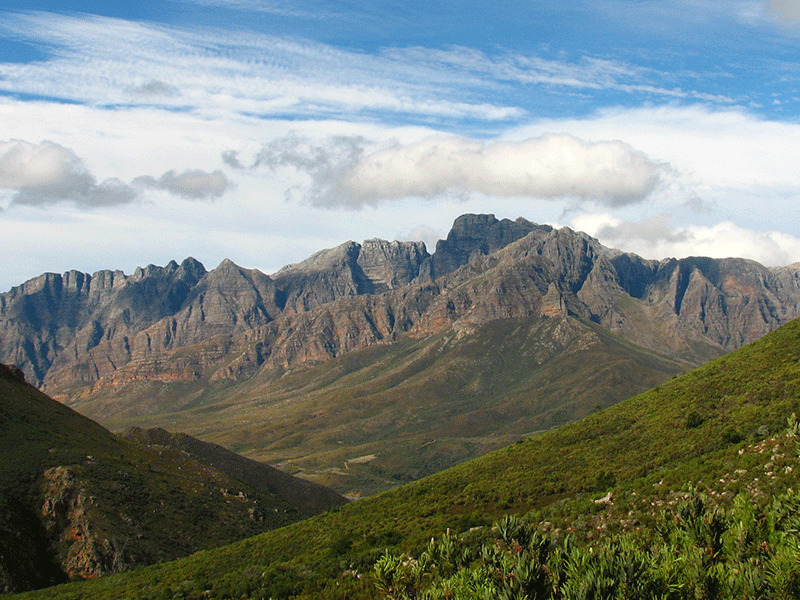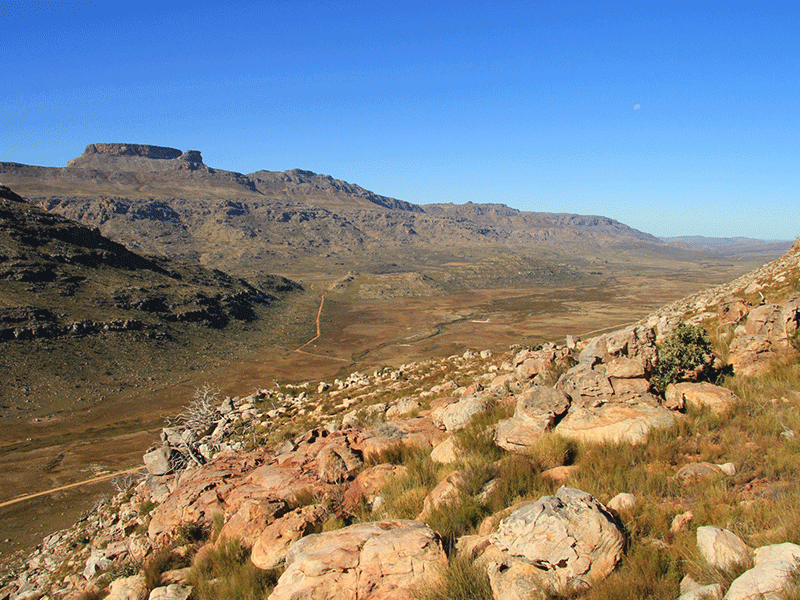Current Research
Why the leopard?
Leopards (Panthera pardus) are the most widespread of the big cats, with a historical distribution across much of Africa and Eurasia. They are extremely versatile, able to adapt to any habitat, from bone-dry deserts to teeming jungles to rocky mountains. They hunt a wider range of prey than any other big carnivore, and can even thrive close to big cities. But this elusive predator is in trouble. A comprehensive recent study of leopards worldwide has revealed that the cats have lost about 75% of their historic range. In southern Africa leopards have also experienced dramatic range contraction, and in the Northern, Western and Eastern Cape the species is now mainly restricted to the rugged mountainous areas.
The leopard is the apex (top) predator in the fynbos mountains of the Cape, and thus plays a key role in maintaining the mountain ecosystem in terms of prey numbers and the abundance, behaviour and densities of smaller predators. In this sense the leopard is a so-called umbrella species – conserving the leopard is essential to conserving other local species as well as the leopards’ prey base.
The leopards’ mountain habitat also serves as crucial water catchment area for urban and agricultural use, and conserving leopards thus leads to broader habitat conservation additional to species-only conservation.
The leopard is an iconic and well-loved species, and it can be effectively used to create awareness and educate the public on important matters like biodiversity and environmental conservation.
The need for leopard research
In order to effectively manage and conserve an elusive and far-ranging top predator such as the leopard, one needs sound knowledge and understanding of its behaviour, diet and habitat requirements. This can only be achieved through long term research and monitoring. Before the pioneering work undertaken by the Cape Leopard Trust, very little was known about the ecology of leopards in the Cape mountains. Studies have since shown that leopards in the Cape differ morphologically and genetically from leopards elsewhere in southern Africa. Leopard home ranges in our study areas may be as much as 10 times larger than those reported in earlier research, illustrating that population numbers are far lower than previously estimated. Because of these low densities, large home ranges and limited suitable habitat, leopards in the Cape mountains may be far more threatened than many other leopard populations.



















